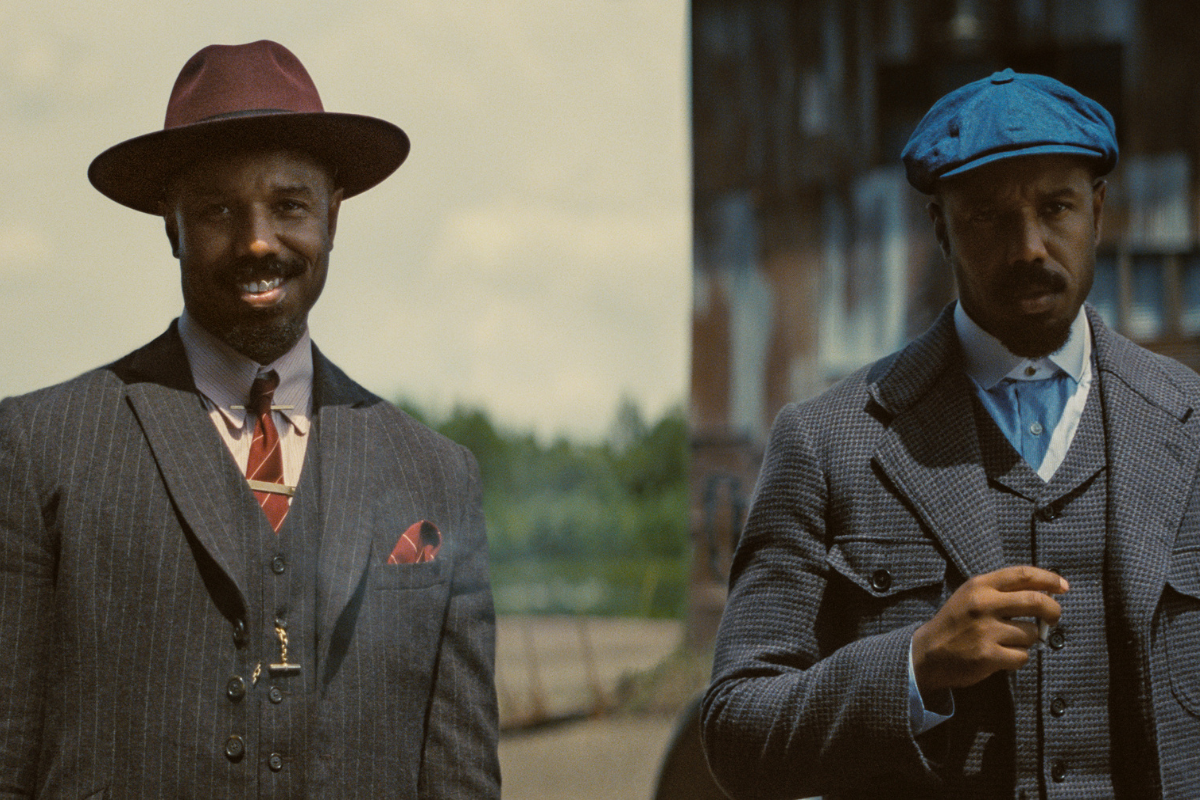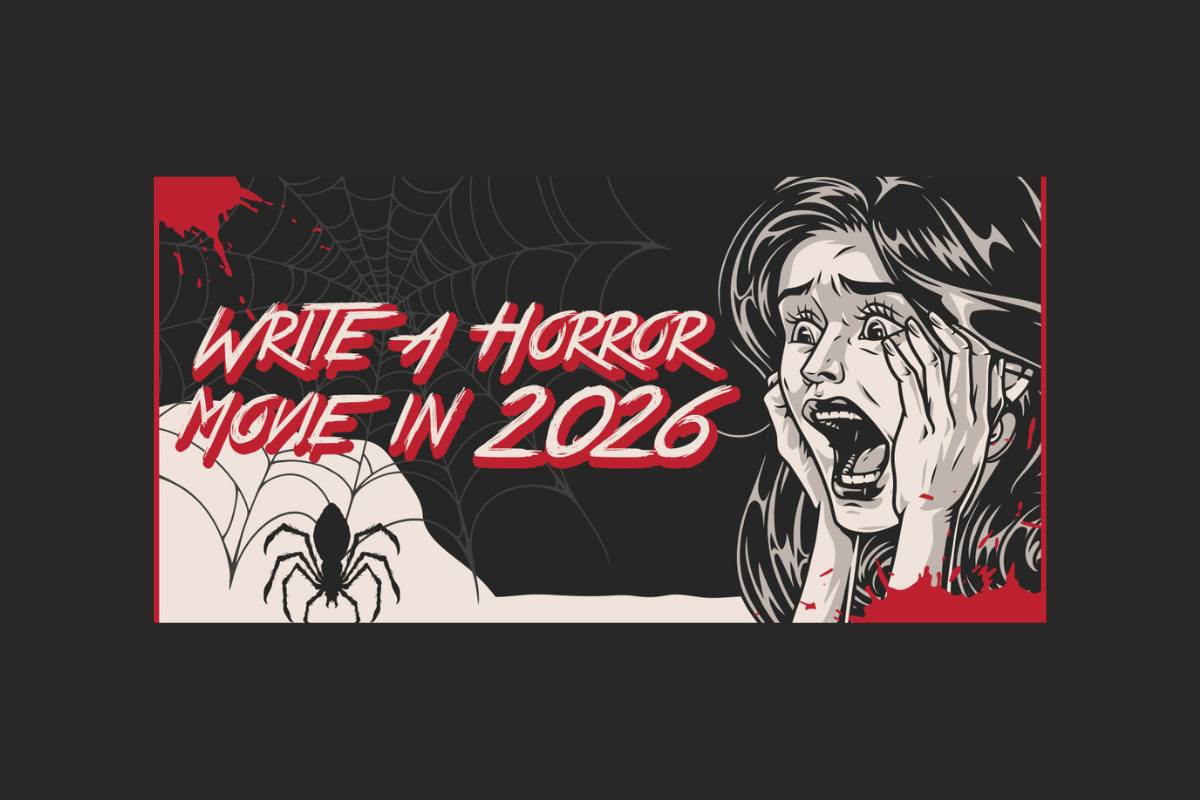The IP in VIP: How Intellectual Property Will Make Your Writing Career Soar
Jon James Miller explains how you have to understand the intellectual property of your story to expand beyond a spec screenplay into a potential miniseries, TV show or more.
Jon James Miller co-wrote Adapting Sideways: How To Turn Your Screenplay Into A Publishable Novel, which chronicled the process of adapting his screenplay to the novel Garbo’s Last Stand. Jon is represented by Sandra Dijkstra Literary Agency and Kevin Cleary with Pooka Entertainment. Follow Jon on Twitter @JonJimMiller.
Every writer knows how hard it is to get their work read in Hollywood, whether they’re a screenwriter, novelist, short story writer or even blogger. There is so much competition vying for the same pair of eyes that many writers spend years perfecting their craft while trying to come up with that magical formula that will help them finally break through. But at the end of the day, aside from persistence and luck what is there for a writer to do to get their work taken seriously?
I spoke with producer Jon de la Luz recently of LuzWorks, an independent production company based in Austin, TX. De la Luz is a finalist Judge for the Austin Film Festival and a filmmaker in his own right who started out his career working up through the ranks of the Hollywood studio system. De la Luz and I talked about what it takes to get a film produced these days, both from the creative and the business side of the rapidly-changing film entertainment space.
“Nobody is making niche movies at the studio level anymore,” de la Luz says. “They want someone else to finance that movie. Then, if you’re lucky, they will make an acquisition (for distribution) after it’s made.”
De la Luz produced the upcoming HARBINGER, a horror/parable by first-time director Cody Duckworth. The movie deals with the very real environmental dangers of fracking, albeit through the lens of a fairy tale. One that is more in the Brothers Grimm tradition that is currently enjoying popularity than the heavily-sanitized Disney versions of yesteryear.
“I wasn’t interested in making a horror movie,” de la Luz states. “It’s not my genre. But a big screen, live action fairy tale I could see working in today’s marketplace.”
When de la Luz first read the script, which director Duckworth also wrote, it was more straight horror. But during the creative revision process, it became obvious to de la Luz that the environmental-impact aspect of the story set in a small town would make the production more entertaining and topical. It would give the audience an entirely different experience than simply horror, and Duckworth agreed. They were able to make quick changes to the script before going into production.
“Small independent producers have an advantage over the studios,” de la Luz explained. “The studios are like big oil tankers, where indie producers are on speedboats. We can adapt and customize a movie to the degree that you can control your own destiny.”
De la Luz knows all too well how hard it is for new writers and filmmakers with original voices to break into today’s volatile movie business, dominated by branded material and seemingly endless remakes. He stresses the importance of young writers not to limit themselves to writing in just one format, such as the spec screenplay.
“A stand-alone screenplay is difficult to get made,” de la Luz cautions. “A great story can translate into any medium. A great writer has a business plan and can translate (their story) into a miniseries, play, novel, even graphic novel – whatever it takes. You really have to understand your IP (intellectual property) that will give your screenplay a lot more value. Make it more than just another script.”
De la Luz knows as a small indie producer he is competing with the majors, who are constantly acquiring new IP from current pop culture and grabbing anything that is on the horizon. He also knows that a very small percentage of that intellectual property will ever be produced into a film.
“My approach as an independent is safety in numbers,” he says. “Studios are going to release a bad movie no matter what to try and recoup their losses. I have to be smarter about my choices.”
De la Luz’s advice to young artists is to be clever about their career as well as their craft. What appeals to him are writers who put a new angle, new hook on something that is timely, pragmatic and topical. Developing new voices not only makes more sense as a storyteller for de la Luz, but more business sense. Collaboration is the name of the game in filmmaking. The more deserving and robust the intellectual property a writer has to their name, the better they both stand to attract financing and a production deal.
“I’ll help a young director move the ball down the field.” de la Luz says, “(because) I enjoy working with other artists and honing their craft. And as long as we’re here, we can consider all the options that will make the stronger story. It would be silly not to listen to each other’s ideas.”
Hear more about how to create your own intellectual property on the WD Tutorial “THE IP in VIP: How Intellectual Property Will Make Your Writing Career Soar” by Jon James Miller.
Jon James Miller was the 2008 AAA Screenplay Contest Grand Prize winner. He won a 2009 Golden Brad and was a finalist at the Austin writer's conference. He has written novels, screenplays, and co wrote Adapting Sideways: How To Turn Your Screenplay Into A Publishable Novel with Charlotte Cook.
Jon James Miller won Grand Prize of the 2008 AAA Screenplay Contest sponsored by Creative Screenwriting Magazine, the 2009 Golden Brad for Drama and was a finalist in the 2011 Austin Writers Conference and has adapted that script into a novel, Looking for Garbo. Jon co-wrote Adapting Sideways: How To Turn Your Screenplay Into A Publishable Novel (Komenar Publishing), which chronicled the process of adapting his screenplay to a novel. He is represented by Sandra Dijkstra Literary Agency. Follow Jon on Twitter @JonJimMiller.







